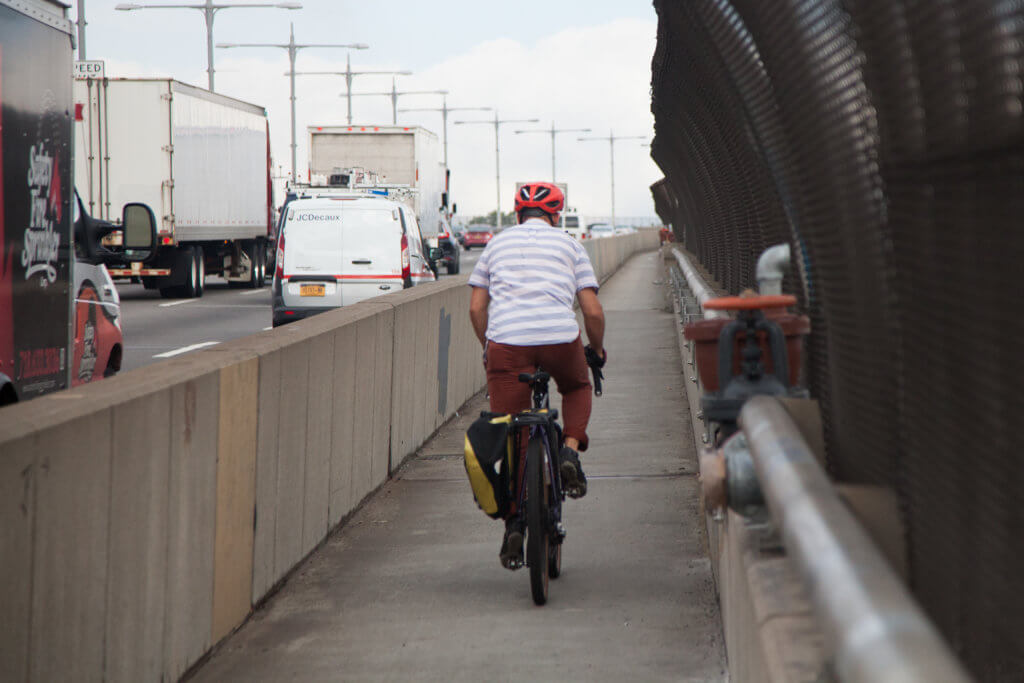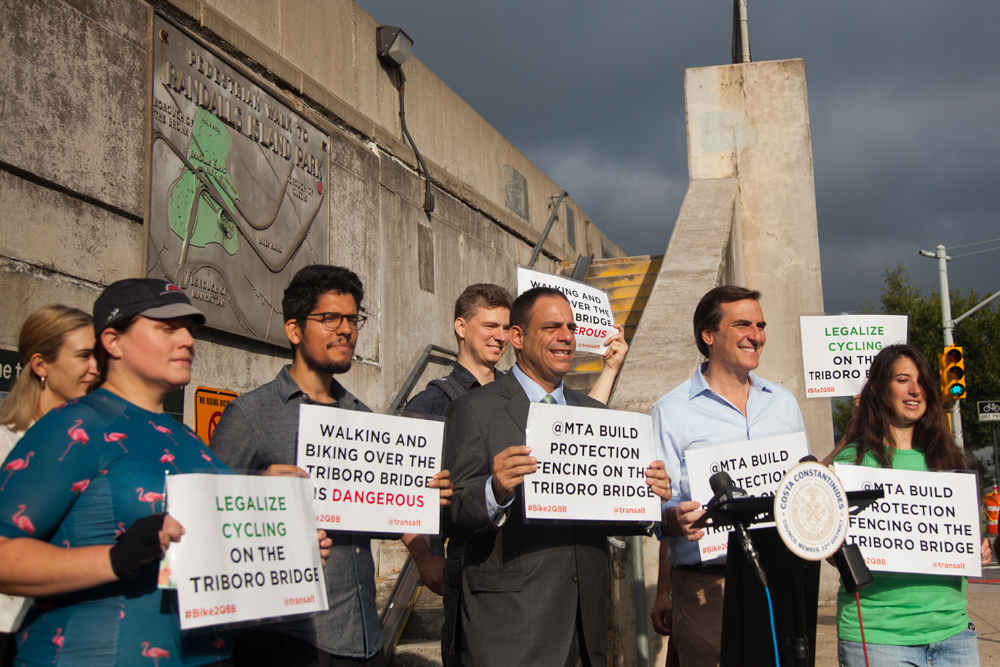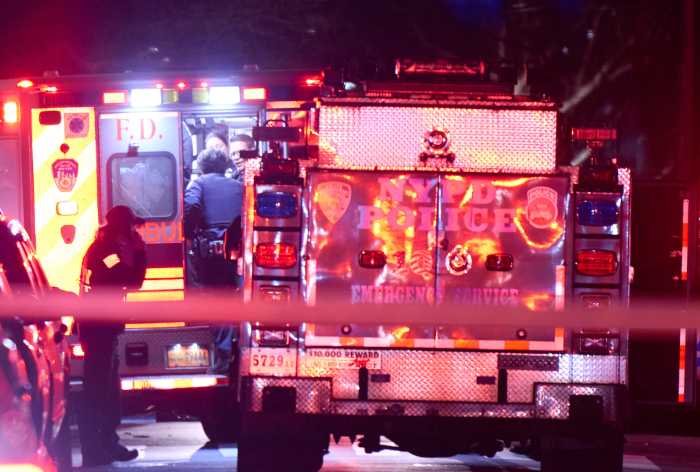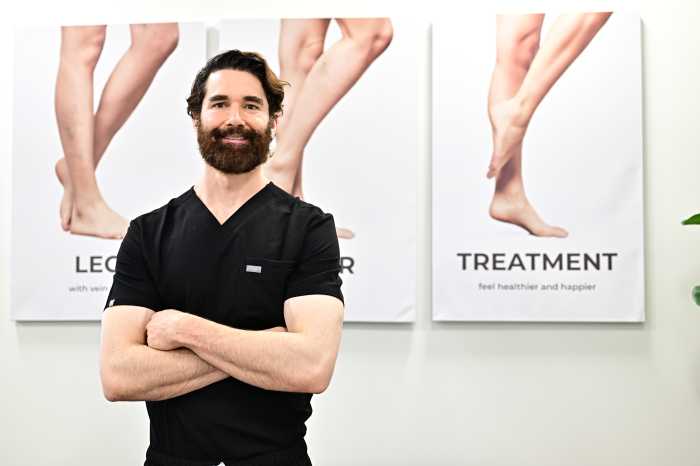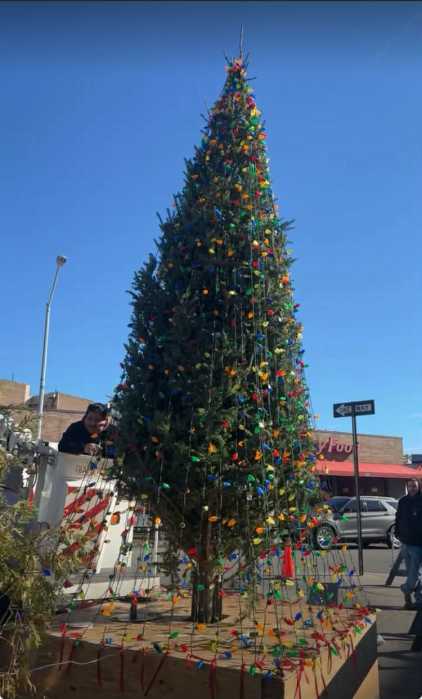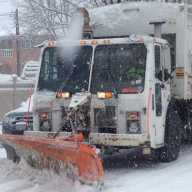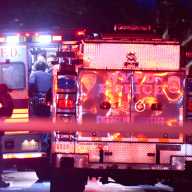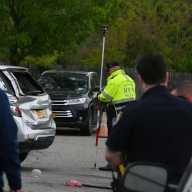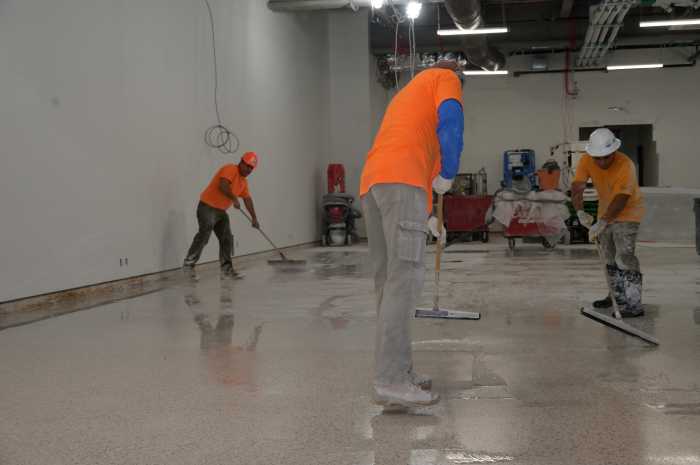Elected officials and bike advocates from Transportation Alternatives and Bike New York gathered on the Astoria side of the Triborough Bridge, know professionally as the Robert F. Kennedy Bridge, on Thursday to call on the MTA to improve the safety of the bridge’s pedestrian path.
After a recent report from The City called attention to the fact that the guard rail along the bridge is not high enough to stop bicyclists from toppling over it in the case of an accident, Councilman Costa Constantinides and Senator Michael Gianaris called on the MTA to put up a protective fence that could accommodate riders.
“Right behind us, you have a metal plate that makes it very unsafe. Further along, you have fencing that ends over the water way. It’s only a 4-foot fence,” said Constantinides.
As it stands, biking along the bridge is prohibited, according to signs posted by the MTA that instruct bikers to walk their bikes. But many riders ignore the sign and take the risk of biking along the path anyways. Others say that even if they follow the rules, they don’t feel safe because of the metal plates that run along the path.
“If you’re a road cyclist, you wear clipless pedals, there’s metal on these. Metal on metal, you slide,” said Astoria cyclist Shannon Rudd, pointing at her metal-soled cycling shoes.
The elected officials and advocates proposed a two-part solution. In the immediate future, they say the MTA needs to put up a 10- to 12-foot fence over the whole bridge and legalize biking along the path.
In the grand scheme of things, they want the MTA to open the pedestrian path on the southern side of the bridge to create separate lanes for bikes and pedestrians, and provide a ramp for bicyclists to ride up. Right now riders are forced to dismount and carry their bikes up a set of stairs to get on the path, which Laura Shepard of Bike New York pointed out, stops the path from being ADA-accessible.
“We understand the nature of the agency we’re dealing with has slow time horizons. But it’s important to demand that they at least start the process,” said Shepard.
The focus is not solely on cyclists. The speakers said low guard rails along five-foot-wide path also make it treacherous for pedestrians as they pass each other as well as bikers. Constantinides added that four people have committed suicide on the bridge since 2015.
The councilman said that he sent a letter to the MTA with the immediate proposal but he hasn’t heard back anything yet. Gianaris said that they are asking the agency to fund the safety measures in their next capital funding plan.
“It’s a fairly modest cost for the MTA. The southern access would cost more money, but it’s a drop in the bucket for the tens of billions of dollars that we have,” Gianaris said.
For Constantinides, who often warns against the effects of climate change as an immediate threat, the goal to open up the southern walkway and encourage commuter cycling fits into his crusade to reduce western Queens’ greenhouse gas emissions.
“In the 21st century we need to be thinking about multimodal transportation. How we are going to move people out of cars? How are we going to move them into emission-free vehicles to get them to work?” Constantinides said.
